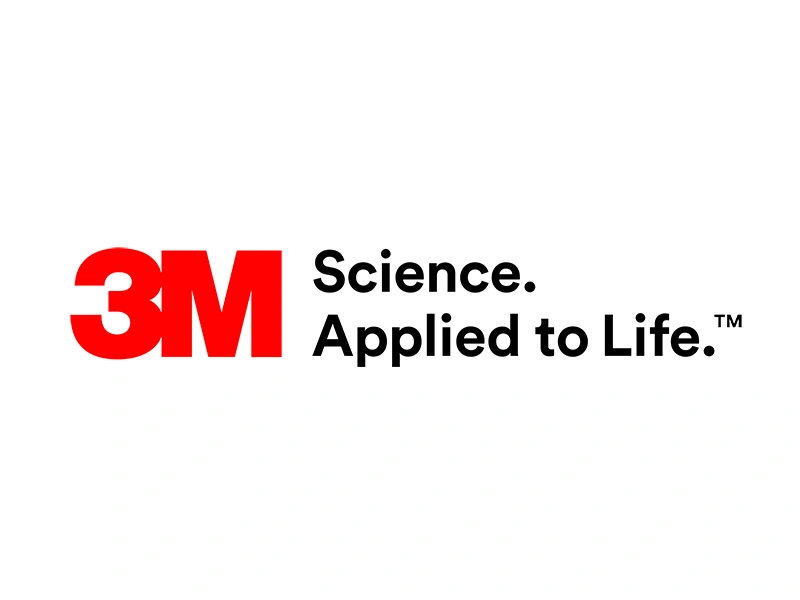caries leads to inflammation of the tooth roots, inflammation of the gums and a high probability of tooth loss
Dental caries treatment
90% of the world’s population at least once in a lifetime is faced with caries. This is the most common dental disease. With untimely treatment, caries leads to such complications as inflammation of the root system of teeth in the form of pulpitis and periodontitis (formation of granulomas on the roots), loss of teeth with untimely treatment, inflammation of the gums.
What is dental caries
Tooth decay (lat. Caries) is a pathological process of destroying tooth enamel. Tooth enamel is the hardest tissue in the human body, as 95% is made up of mineralized tissues. It mainly consists of hydroxyapatites, fluorapatites, carbonate apatites, 1.2% organic substances, 3.8% water bound with crystals and organic components. The thickness of the enamel is greatest on chewing teeth — 3.5 mm, the smallest — in the cervical region (only 0.1 mm). It is predetermined by nature so that the tissues withstand temperature extremes and the action of acids. However, when exposed to the consequences of the vital activity of bacteria, it loses its strength and breaks down.
Types of caries
According to location:
- Fissure – when the destruction of enamel occurs along anatomical grooves and depressions on the surface of the tooth.
- Proximal. The areas between the teeth are considered one of the most inaccessible areas for hygiene. Unremoved food remains become a breeding ground for bacteria.
- Cervical – carious lesion in the area of the neck of the tooth (transition of the crown of the tooth in the root)
- Root caries.
According to lesion depth in the crown part of the tooth
- incipient
- moderate
- advanced
- severe
According to severity:
- acute
- chronical

Our Dentist
Anastasia Pustovoit
Provides dental treatment for adults and children, including treatment of dental caries, pulpitis, and periodontitis, root canal therapy, and dental restorations. Also treats diseases of the oral mucosa.
Causes of caries
The main cause of caries is the activity of bacteria. In the process of their vital activity, acids are released and wash out fluorine and calcium from the teeth. The nutrient ground for bacteria is soft dental plaque, which is formed as a result of the following:
- excessive consumption of sugary foods
- poor oral hygiene (irregular brushing of teeth, not using dental floss and rinses)
- low fluoride content in drinking water
- inadequate secretion of saliva. Saliva normally contains lysozyme (an enzyme that lyses many bacteria and prevents overgrowth of oral microbial populations). So, the more saliva the healthier your teeth
- stresses
- antibiotic therapy or chemotherapy
- metabolic disorders.
Signs of caries
- appearance of a superficial chalky or over time dark spot on the crown of the tooth, blackening of the tooth fissure, discoloration of the tooth
- the appearance of an unpleasant odor in the mouth (bad breath)
- increased sensitivity to hot, sweet or cold foods or drinks
- throbbing pain or discomfort when biting.
All these symptoms are reasons to schedule an appointment with a dentist immediately.
Diagnosis and methods of caries treatment
Methods of caries diagnosis:
- visual checkup. With the help of a mirror and an intraoral camera, the dentist detects the presence of stains or defects on the contact, distal (back) surfaces of the teeth.
- probing. The method allows to assess the depth of the cavity and the condition of carious tissues
- radiography (orthopantomography, targeted X-ray, CT).
In what cases you need to see a dentist?
All the listed signs of caries are an occasion for a visit to the dentist. Additionally, you should plan a visit to the doctor before installing metal-ceramic or ceramic crowns, implantation procedure or installing braces.
All these manipulations require preliminary sanitation (treatment) of the oral cavity.
Stages of Caries Treatment
Depending on the depth of the carious lesion, two treatment methods are distinguished: without preparation (remineralizing therapy) and with preparation. In the early stages of caries, remineralizing therapy is effective. This method of treatment involves professional hygiene of the oral cavity, the prescription of special medical toothpastes or gels, which can be applied by rubbing into tooth enamel or filling an individually made mouthpiece. The course of treatment and consistency is determined by the dentist. With advanced stages of caries, surgical removal of carious destruction is performed. The procedure is carried out according to the algorithm:
- preparation of the oral cavity
- injection anesthesia
- cavity preparation
- restoration of the carious cavity with complete restoration of the anatomical shape of the tooth
- grinding and polishing of the restoration surface
Modern composite materials for restorations perfectly restore the aesthetics of the dentition. The doctor selects the transparency and shade of the material so that the treated tooth does not differ from the neighboring healthy ones.
The types of materials are chosen by the dentist depending on the specific case, the types of caries, and the location of the lesion.
Prevention of dental caries
The best prevention of caries is to follow simple recommendations for oral hygiene and a healthy diet. Dentists advise:
- brush your teeth at least twice a day using dental floss and mouthwash
- visit the dentist for a checkup at least once every six months for the purpose of prevention — for adults, once every 3 months — for children
- do not consume too hot or too cold food to prevent the appearance of microcracks on tooth enamel
- use toothpastes with fluoride to increase enamel strength. Except for regions with high natural fluoride content in water
- if possible, finish each meal with solid food, for example: carrot, apple. These products with a rather dense texture during biting and chewing help to remove the soft layer of dental plaque, reducing the concentration of bacteria on the surface of the teeth, or at least rinse the oral cavity with water.
- monitor the level of sugar in the diet. World Health Organization specialists advise reducing daily sugar consumption to 25 grams per day. In an adult Ukrainian, in some places, the daily norm of sugar exceeds 100 grams. In addition to the threat of metabolic problems, a high level of carbohydrates creates a breeding ground for the development of bacteria and the appearance of caries.
Simple recommendations will help maintain oral health and minimize the possibility of tooth decay in adults and children.
The cost of basic caries treatment services
Appointment with the doctor






